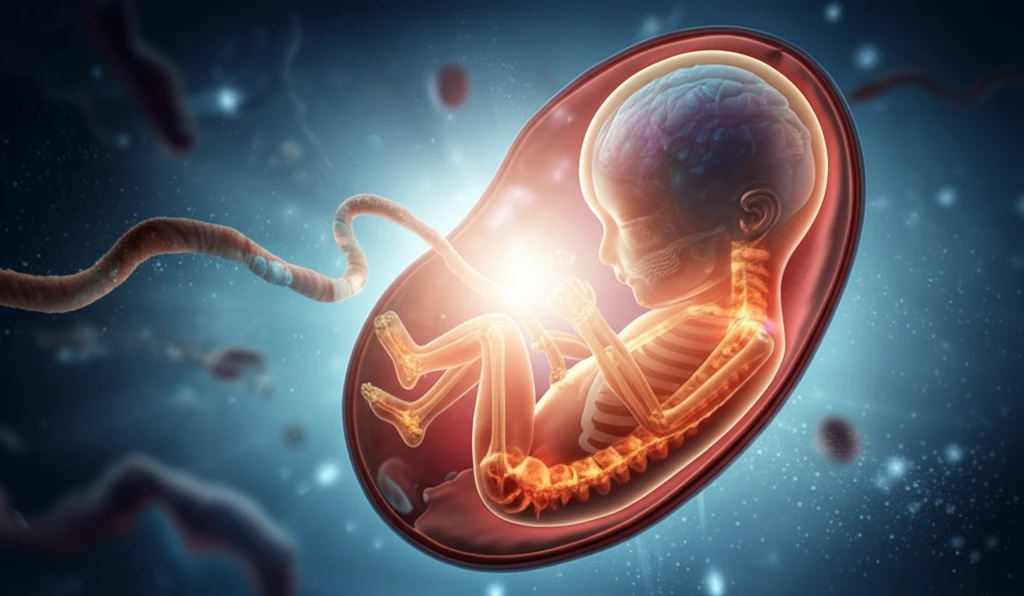
Building Blocks: How Fetal Bone Development Sets the Stage for Lifelong Health
"Unlocking the secrets of bone formation in the womb to understand and improve bone health across the lifespan. Understanding human bone Development is the first step."
Our comprehension of human bone development, notably during the prenatal period, has undergone significant advancements, primarily fueled by the study of animal models. Direct investigations into human bone development remain essential, however, due to the crucial insights that pathological and genetic discoveries from human bone disorders provide. These findings not only give rise to new research questions but also validate observations from model organisms, revealing previously unknown mechanisms in bone formation.
Moreover, it's important to recognize that animal models cannot fully replicate all aspects of human conditions. This article concentrates on human-derived data pertaining to the physiology of bone development in fetuses and newborns. It also addresses intrinsic and extrinsic elements influencing bone health, offering a comprehensive view of how these factors contribute to both typical and abnormal bone development.
We will also discuss the impact that maternal nutrition, environmental factors, and genetics play in shaping the skeletal health of future generations.
What are the Stages of Fetal and Neonatal Bone Development?

The skeletal system's pattern is largely set by the start of fetal development, which occurs eight weeks following fertilization. Newborns are about 12 times longer in body length than the earliest fetus (30mm versus 360mm in crown-rump length). Rapid growth is thus the primary theme of bone development during the fetal period. For example, between 16 and 41 weeks of gestation, the femur elongates at a rate of 0.35 mm per day [1]. Bone formation, or ossification, is a vital process in bone development and growth. It requires the coordination of vasculogenesis, mineralization, matrix production, and osteoblast differentiation.
- Clavicle, humerus, and mandible ossify during the embryonic stage (6-7 weeks).
- Talus or cuboid ossification starts late, around week 28, or after birth.
Optimizing Bone Health From the Start
Understanding the complex processes of fetal and neonatal bone development provides a foundation for promoting lifelong bone health. By focusing on maternal nutrition, reducing exposure to harmful environmental factors, and addressing genetic predispositions, healthcare providers and parents can work together to ensure that every child has the best possible start on the path to strong, healthy bones. Early intervention and continued monitoring are key to addressing any developmental issues and maximizing long-term skeletal well-being.
